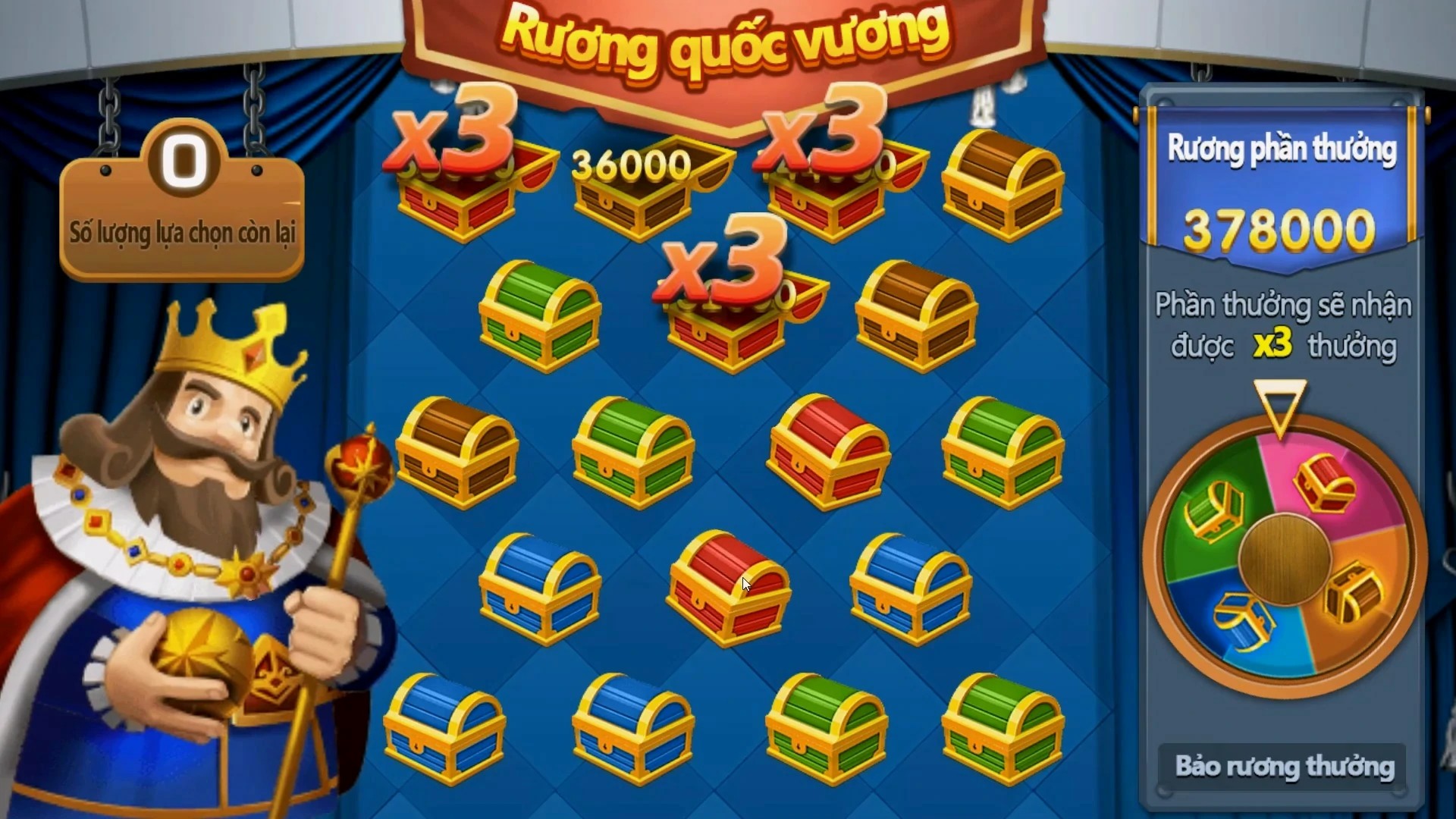Unlocking Learning: How Sandbox Games Revolutionize Educational Gaming
In today’s digital age, sandbox games have emerged as a powerful tool in the realm of educational gaming. Unlike traditional games that follow a linear path, sandbox games offer players the freedom to explore, create, and learn at their own pace. This article delves into how sandbox games are transforming educational experiences while highlighting some of the EA Sports FC 25 career mode features and how they could enhance the learning process.
The Unique Appeal of Sandbox Games
Sandbox games, characterized by their open-world environments, allow players to interact with their surroundings freely. Titles like "Minecraft" and "Garry's Mod" have gained immense popularity not only for their entertainment value but also for their educational potential. Here are some key aspects that make sandbox games unique:
- Creativity and Exploration: Players can build structures, conduct experiments, and navigate vast worlds, encouraging creative thinking.
- Problem-Solving Skills: Many sandbox games require players to solve complex challenges, perfect for honing critical thinking.
- Collaboration: Multiplayer elements in these games foster teamwork as players can collaborate on projects.
Educational Benefits of Sandbox Games
The interactive nature of sandbox games transforms traditional learning methods, making education more engaging. Below are some educational benefits associated with games like "Minecraft" and others:
| Benefit | Description |
|---|---|
| Enhanced Engagement | Students are more motivated to learn when they can engage with material in a fun environment. |
| Active Learning | Players actively participate in learning, retaining knowledge better than passive methods. |
| Increased Retention | Hands-on experiences lead to higher retention rates, making lessons more memorable. |
Incorporating EA Sports FC 25 Features into Educational Gaming
While many are familiar with the EA Sports FC 25 career mode features, they also provide useful insights for educational game design. These features can be adapted to create profound learning experiences, including:
- Dynamic Scenarios: Just as players navigate different career paths based on decisions, educational games can incorporate scenarios that change based on player choices.
- Progress Tracking: Similar to football stats, progress tracking in educational games can motivate learners to achieve specific goals.
- Skill Development: Features focusing on skill upgrades in games can translate into educational contexts by allowing players to enhance various competencies.
Conclusion
Sandbox games are indeed revolutionizing educational gaming by creating immersive environments where learning becomes a natural and enjoyable process. As we integrate more innovative features similar to those found in EA Sports FC 25, the potential for sandbox games in education continues to grow. From enhancing creativity to improving problem-solving skills, the benefits are clear. As we embrace this trend, the future of learning holds exciting possibilities.


